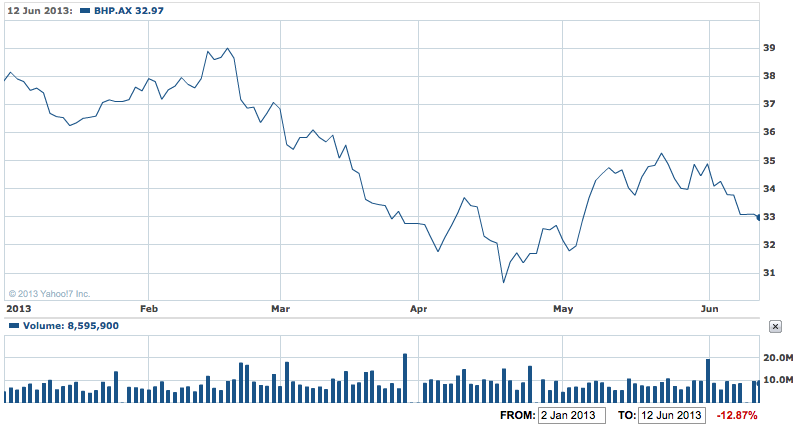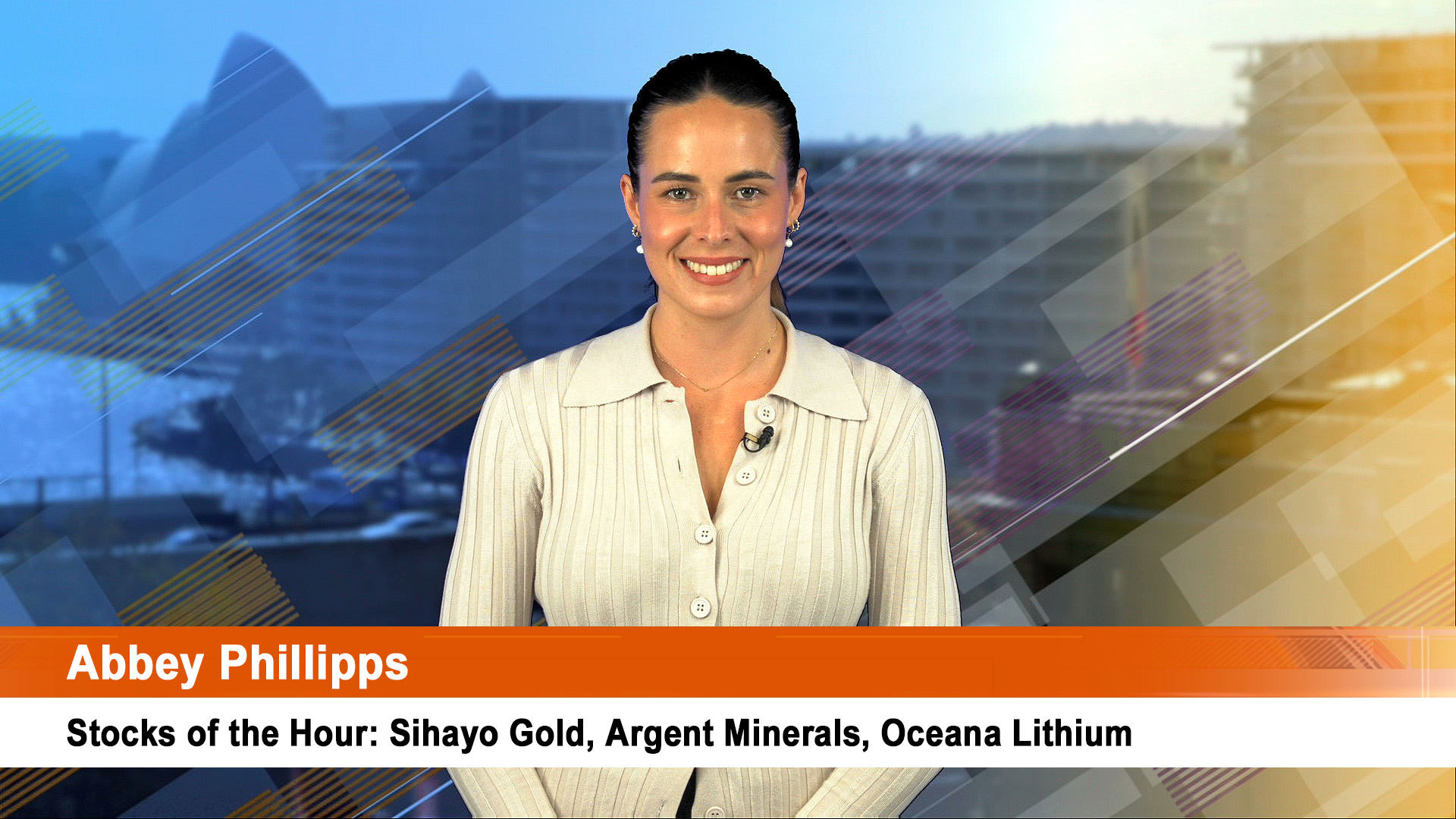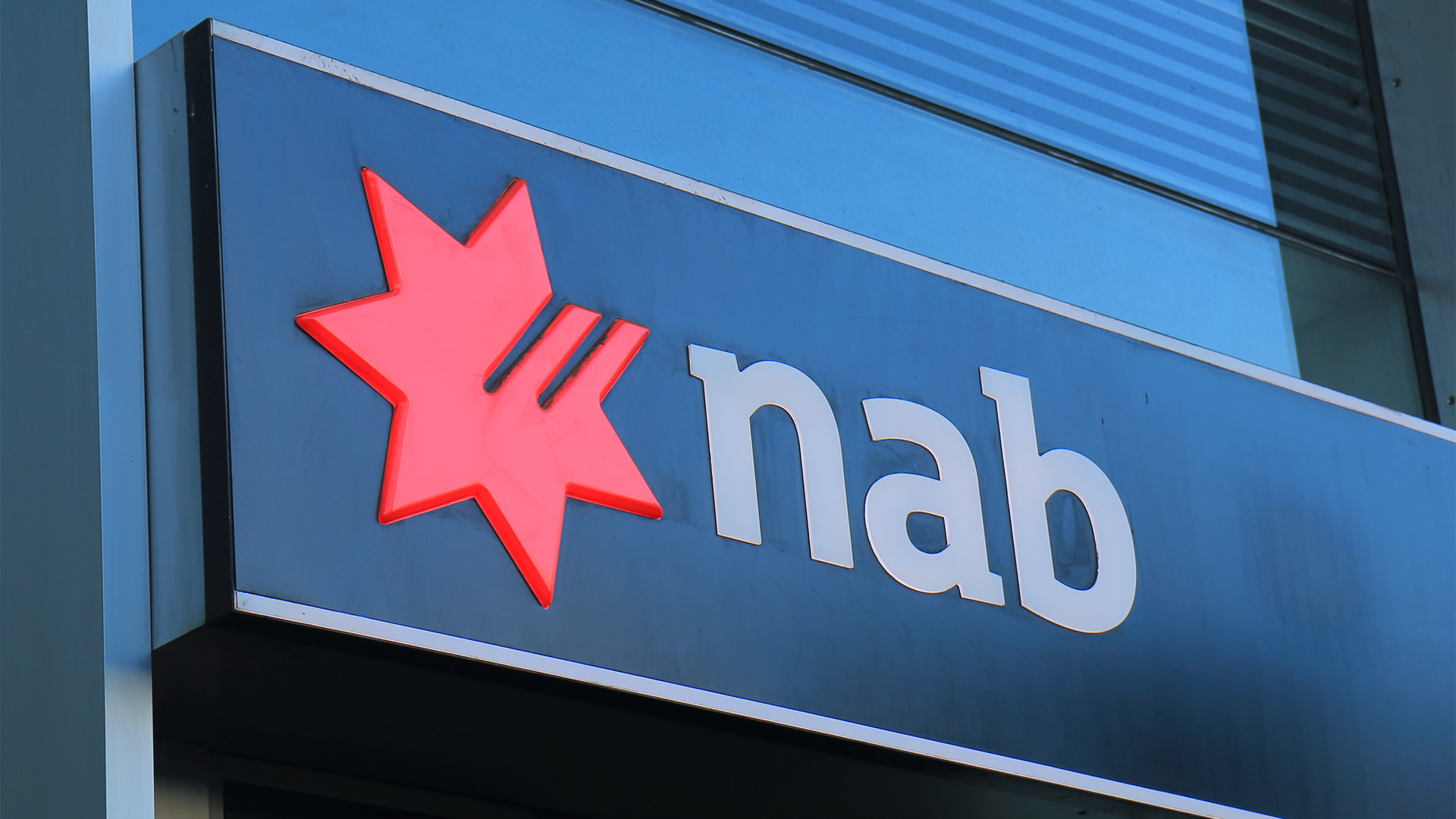Here’s a heads up for the new financial year.
Sometime early in the 2013-14 financial year, BHP Billiton will have to make a decision about whether it will outlay up to $US14 billion over the next five years building the huge Jansen potash mine in Canada that will make it a major player in this still fast growing sector.
The decision will come as BHP, under new CEO, Andrew McKenzie, continues cost cutting and profect deferment or abandonment. If BHP gives Jansen the green light, it will be the biggest potash mine in the world and will pit the company against some of the laziest and anti-competitive companies in business.
A go-ahead decision will also sit oddly with the ‘new’ parsimony at BHP, and yet if the company takes the risk, it will be very easy to understand. It could be a one off chance to build a whole new business in a world where such chances are now very rare.
BHP has done that in the past with its Utah takeover in the early 1980’s which got to the position as the world’s leading coking coal exporter, and gave it Escondida, which became the world’s biggest copper mine and BHP a major position in this industry.
It will be the first major expansion project to be decided by BHP management and the board since it started cutting costs more than a year ago. There is another big project on the cards – the expansion of the Cannington silver lead mine in northern Queensland. It will be a far smaller spend than Jansen.
BHP has eyed the potash market for more than five years – remember how it tried a hostile $US40 billion bid for Potash Corporation of Canada in 2010 that came to nothing? Its plan B after the bid collapsed was to develop its huge Jansen deposit in the Canadian province of Saskatchewan.
BHP YTD – Slimming BHP Has To Decide On $US14 Billion Jansen Project

The company has already spent $US2 billion on the Jansen project and in the region generally, so the chances are it will go ahead.
If it does, it will be an industry changing decision and put BHP into direct competition with a near cartel of Russian and Canadian producers that controls 70% of the world market for potash and raises and drops production and prices to control entry and profitability, without any reference to competing (although they claim to).
BHP has exploration rights to over 14,000 square kilometres of highly prospective ground in the Saskatchewan potash basin of Canada. The Jansen Project, located 140 kilometres east of Saskatoon is BHP’s most advanced project and is in feasibility study stage.
Two years ago in June, 2011, BHP announced the commitment of $US488 million in spending on further work at Jensen to expand and develop a feasibility plan for the huge project. The funding has allowed BHP to develop the first 350 metres of the production and service shafts should Government approvals be received.
Back in February 2011, BHP said it was looking for first production in 2015. That has now been pushed out two years by the global slowdown in commodity prices. Based on the current knowledge, Jansen has 3.4 billion tonnes of potash reserves at Jansen. The project is designed to ultimately produce approximately 8 million tonnes per annum (mtpa) of agricultural grade potash with an estimated 70-year mine life.
Back in May when BHP’s new CEO met Australian analysts, there were conflicting reports about his enthusiasm for Jensen. Some claimed he was wary, others said he followed the policy of former CEO, Marius Kloppers in promoting Jensen as the centrepiece as the company’s so-called 5th pillar (i.e. 5th major asset group).
UBS analysts reported for instance that Mr McKenzie had repeated previous comments that Jansen could become BHP’s fifth "pillar" after iron ore, copper, coal and petroleum.
This week, Goldman Sachs said they believed BHP would proceed with the project. BHP already has committed or spent $US1.2 billion on Jansen so far and production and service shafts are being sunk on the site.
"We believe that pre-approval capex will continue until the shaft has been completed," Goldman’s analysts wrote. "Thus we see a strong likelihood of an additional $US500m of pre-approval capital being granted to the project in coming months, allowing a delay in the final approval of the project until 2015-16." The sinking of the shaft de-risked the project considerably and its completion "would increase (options) for BHP on what it may do with Jansen around a potential joint venture, partial asset sale or total sale of the project," Goldman Sachs analysts wrote in a client note.
BHP will, if it agrees to enter this market, face up against two big groups which dominate export markets, Belarus Potash Company (BPC), which represents producers in Russia and Belarus, and Canpotex, its North American (mostly Canadian) equivalent. The two groups have set identical prices in key markets such as China and India and at times, curbed output simultaneously. China has expressed concerns about this but can’t do anything to stop it.
But regulators in the US can and recently fined some of the companies $US100 million in an anti trust action that accused them of acting together to boost prices. BHP says it won’t join the Canadian group and will compete as an independent.
The boom in potash demand saw prices surge to around $US1,000 a tonne (from $US150) in 2008. They have fallen back to around half the peak, but that still allows for very profitable business to be written. BHP will attack the market in the same way as it has attacked the iron ore market when it moved from long term, and then annual contracts, to a system of pricing based on a quarterly index.
There are a number of small producers, such as in Israel and Jordan, which have started selling independent, while some of the companies in the two groups have started trading outside their groups as they watch BHP.
A number of projects have been cancelled, postponed or delayed, such as Vale’s big development planned for Argentina which now seems to have been abandoned by the Brazilian iron ore giant.
Any move to expand Jansen won’t be liked by a lot of BHP investors, – especially the big greedy ones. But they didn’t like a lot of expansion plans the company has done (mostly successfully) in recent years.
BHP shares fell in yesterday’s weak market, losing 2.5% to end at $32.15.BHP shares fell in yesterday’s weak market, losing 2.5% to end at $32.15.













